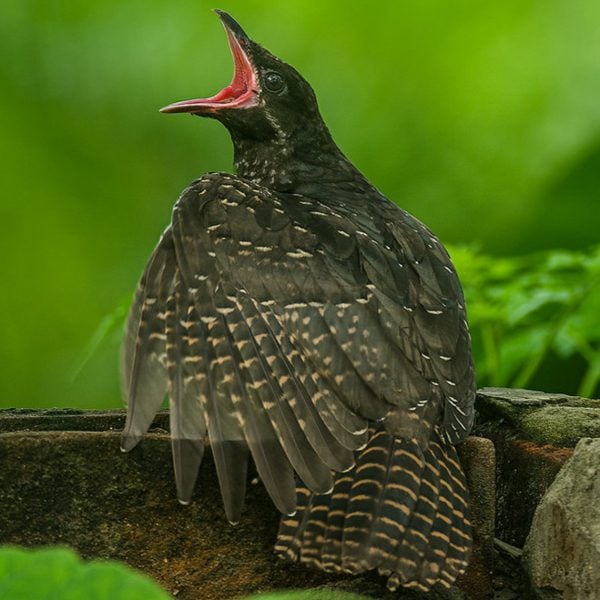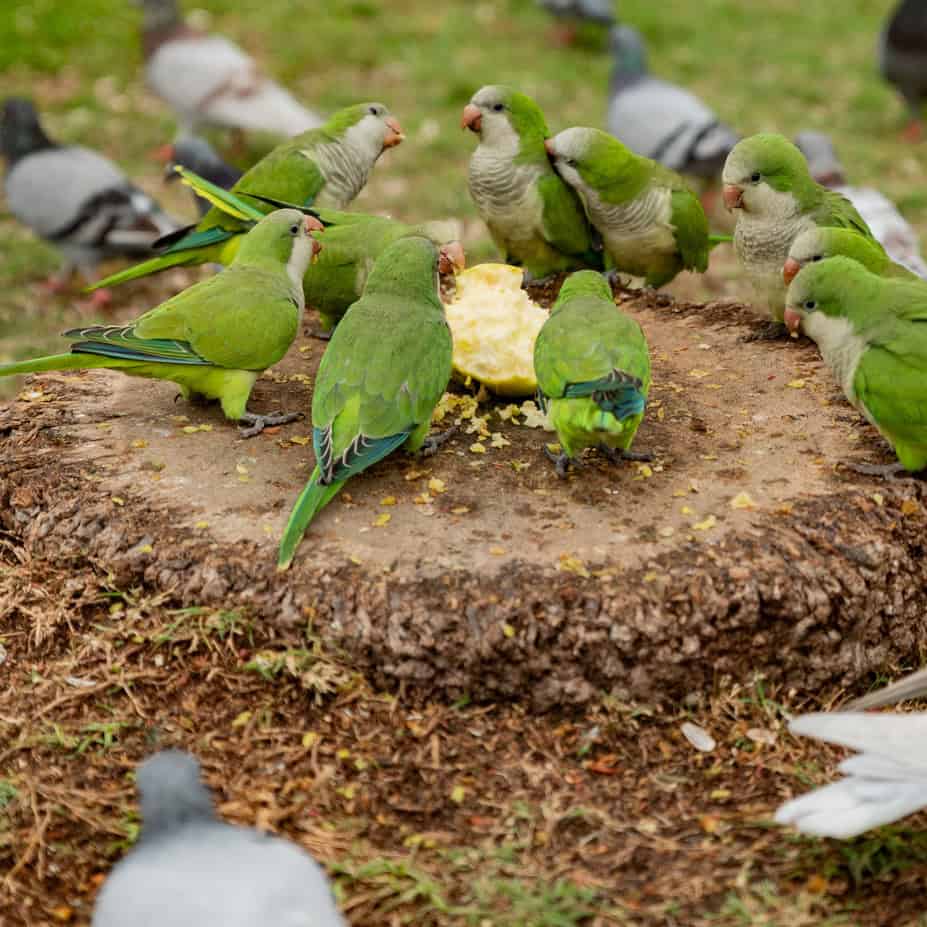
How Do Parrots Thrive in Cities Outside Their Native Habitats?
Last Updated on by Mitch Rezman
Parrots, known for their intelligence, vibrant colors, and social nature, have managed to thrive in cities far outside their native habitats, often surprising ecologists and bird enthusiasts alike.
Their success in urban environments is the result of a combination of factors, including their adaptability, human activity, and the unique conditions cities provide.
Here’s a detailed look at why parrots are flourishing in these unexpected locations:
1. Escape or Release from Captivity
The primary reason parrots are found in cities far from their native habitats is due to their introduction by humans.
Many parrots that now live in the wild were originally pets that either escaped from captivity or were released by their owners.
Parrots are popular pets worldwide because of their intelligence, beauty, and ability to mimic human speech.
However, keeping parrots as pets can be challenging due to their high activity levels, long lifespans, and social needs. This has led to many owners releasing them into the wild, either intentionally or accidentally.
Over time, these escaped or released parrots have formed breeding populations in cities.
For example, monk parakeets, also known as Quaker parrots, are now found in parts of North America and Europe, despite being native to South America.
Similarly, rose-ringed parakeets, originally from Africa and South Asia, have established populations in urban areas across the UK, Europe, and the Middle East.
In some cases, these populations have been growing for decades, with some cities now home to thousands of these birds.
2. High Intelligence and Adaptability
Parrots are among the most intelligent bird species, capable of solving problems, learning new behaviors, and adapting to changing environments.
This adaptability has been key to their survival in urban areas. Unlike many species that struggle to adjust to human-altered landscapes, parrots are quick to exploit new opportunities, whether it’s finding food, nesting sites, or avoiding dangers.
Their problem-solving skills allow them to navigate the challenges of city life, such as finding food in unconventional places or avoiding predators.
For example, parrots can learn to open trash bins, access bird feeders, or take advantage of fruit-bearing trees in parks and gardens. This ability to adapt has given them an edge over less flexible species.
3. Abundant Food Sources in Cities
Urban environments provide a wealth of food sources for parrots, often more than they would find in their native habitats.
Cities are filled with fruit-bearing trees, flowering plants, and seed-producing vegetation, much of which is non-native and planted by humans. These exotic plants often produce food year-round, providing a consistent supply for parrots.
Additionally, parrots are opportunistic feeders and will eat a wide variety of foods, including fruits, seeds, nuts, flowers, and even scraps of human food.
In some cases, they’ve been observed raiding bird feeders or taking advantage of food left out for other animals. This abundance of food makes cities an attractive habitat for these birds.
4. Lack of Natural Predators
In many cities, parrots enjoy a level of safety they might not have in their native habitats. Urban areas often lack the natural predators that would typically prey on parrots, such as large birds of prey, snakes, or certain mammals.
While some urban predators like hawks or cats may pose a threat, the overall predation pressure is usually much lower than in the wild. This reduced risk allows parrot populations to grow and thrive in cities.
5. Favorable Climate
Climate plays a significant role in the survival of parrots in non-native regions. Many cities where parrots have established populations have climates similar to their native tropical or subtropical environments.
For example, cities like Los Angeles, Miami, and parts of southern Europe have warm weather that closely resembles the conditions parrots are accustomed to in their natural habitats.
Even in cities with colder climates, parrots can sometimes survive thanks to the “urban heat island” effect, where cities are warmer than surrounding rural areas due to human activity, buildings, and infrastructure.
This warmth, combined with the availability of food and shelter, allows parrots to endure conditions that might otherwise be too harsh.
6. Social Behavior and Flocking
Parrots are highly social birds that live and breed in flocks. This social structure has been a key factor in their success outside their native habitats.
Living in groups provides several advantages, such as increased protection from predators, better chances of finding food, and more opportunities for reproduction.
When parrots escape or are released into the wild, they often seek out other parrots, forming small flocks that can grow over time.
These flocks work together to navigate their environment, share resources, and establish themselves in new areas.
This cooperative behavior has allowed them to thrive even in unfamiliar and challenging conditions.
7. Urban Tree Coverage and Nesting Opportunities
Cities often have abundant green spaces, parks, and tree-lined streets that provide suitable nesting and roosting sites for parrots. Many urban trees, such as palms, eucalyptus, and other non-native species, are particularly well-suited for parrots to nest in.
Parrots typically nest in tree cavities, and the diversity of trees in cities often provides ample opportunities for them to find suitable nesting sites.
In some cases, parrots have even adapted to nesting in man-made structures.
For example, monk parakeets are known for building large, communal nests on utility poles, cell towers, and other urban infrastructure.
These nests can house multiple pairs of birds and are a testament to the parrots’ ability to adapt to human environments.
8. Human Tolerance and Admiration
Unlike some invasive species that are seen as pests, parrots are often admired for their beauty, intelligence, and charisma.
Many people enjoy seeing these colorful birds in their neighborhoods and parks, which means parrots are less likely to face eradication efforts. In some cities, they’ve even become a beloved part of the local wildlife, with residents advocating for their protection.
Examples of Thriving Feral Parrot Populations
- Monk Parakeets (Quaker Parrots): Native to South America, these parrots have established populations in cities like Chicago, New York, and Madrid. They are known for their communal nests, which can weigh hundreds of pounds.
- Rose-Ringed Parakeets: Originally from Africa and South Asia, these parakeets are now common in London, Amsterdam, and other European cities.
- Red-Crowned Parrots: Native to Mexico, they are now thriving in Southern California and Texas, where they are considered a naturalized species.
- Indian Ringneck Parakeets: Found in cities across the UK, the Middle East, and parts of Europe.
Conclusion
Parrots’ ability to thrive in cities far outside their native habitats is a remarkable example of their intelligence, adaptability, and resilience. By taking advantage of human-altered environments, abundant food supplies, and reduced predation, these birds have managed to establish themselves in some of the world’s most unexpected places.
While their presence can sometimes raise ecological concerns, such as competition with native species, they are a fascinating example of how wildlife can adapt to and even flourish in human-dominated landscapes.
Their success story highlights the complex interplay between human activity and the natural world, offering valuable insights into the challenges and opportunities of urban ecology.
Author Profile
Latest entries
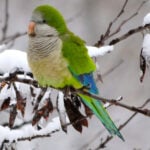 The Traveling BirdJune 26, 2025Can You Name 5 Parrot Species That Are Living Wild in the USA?
The Traveling BirdJune 26, 2025Can You Name 5 Parrot Species That Are Living Wild in the USA? Bird BehaviorJune 26, 2025How is it Parrots Are Problem Solvers Social Animals and Even Use Tools?
Bird BehaviorJune 26, 2025How is it Parrots Are Problem Solvers Social Animals and Even Use Tools?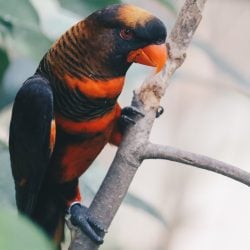 Bird & Parrot AnatomyJune 25, 2025How a Tiny Chemical Modification Makes Parrots Nature’s Living Paintings
Bird & Parrot AnatomyJune 25, 2025How a Tiny Chemical Modification Makes Parrots Nature’s Living Paintings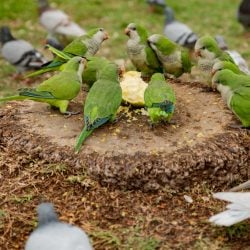 PigeonsJune 20, 2025How Do Parrots Thrive in Cities Outside Their Native Habitats?
PigeonsJune 20, 2025How Do Parrots Thrive in Cities Outside Their Native Habitats?
